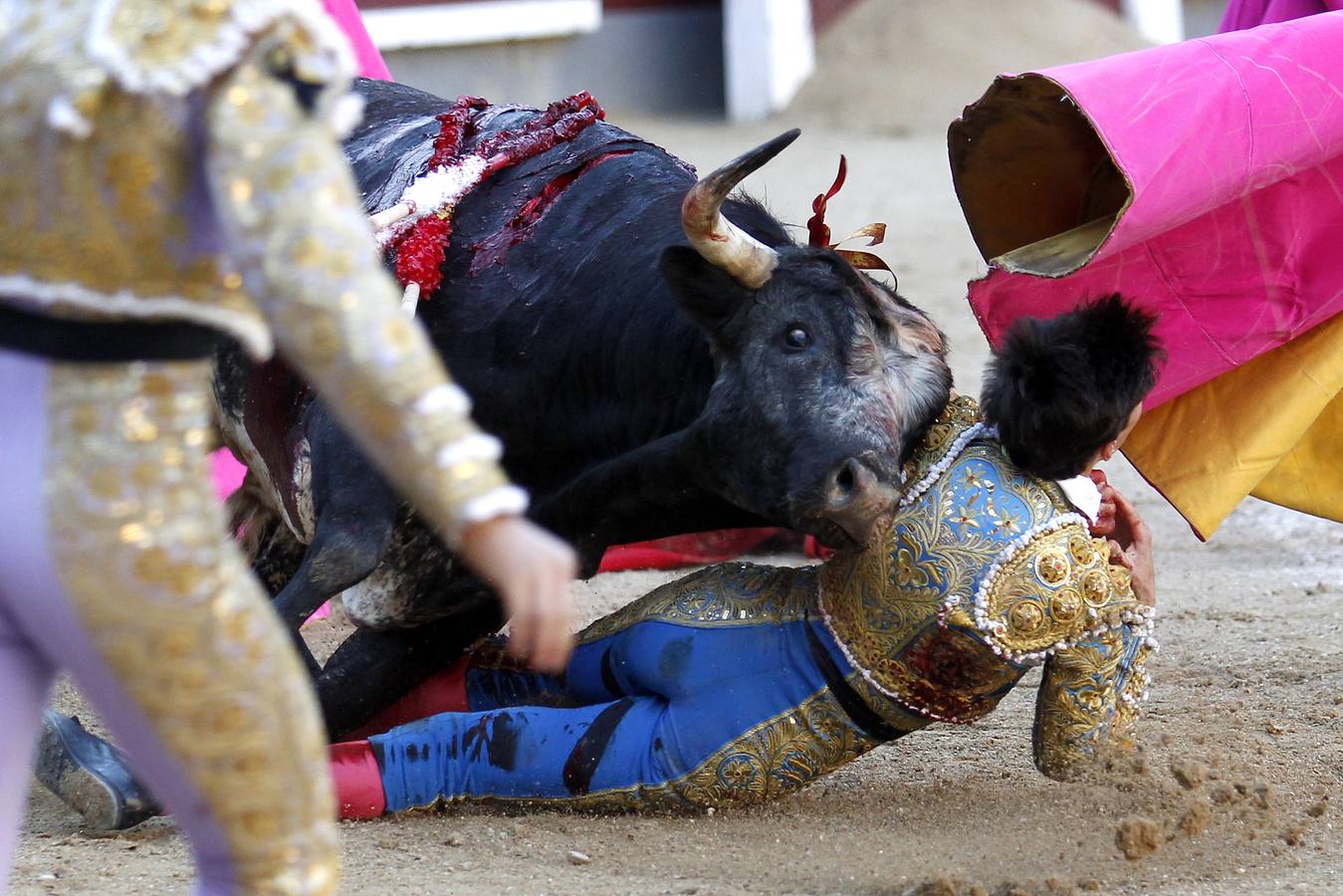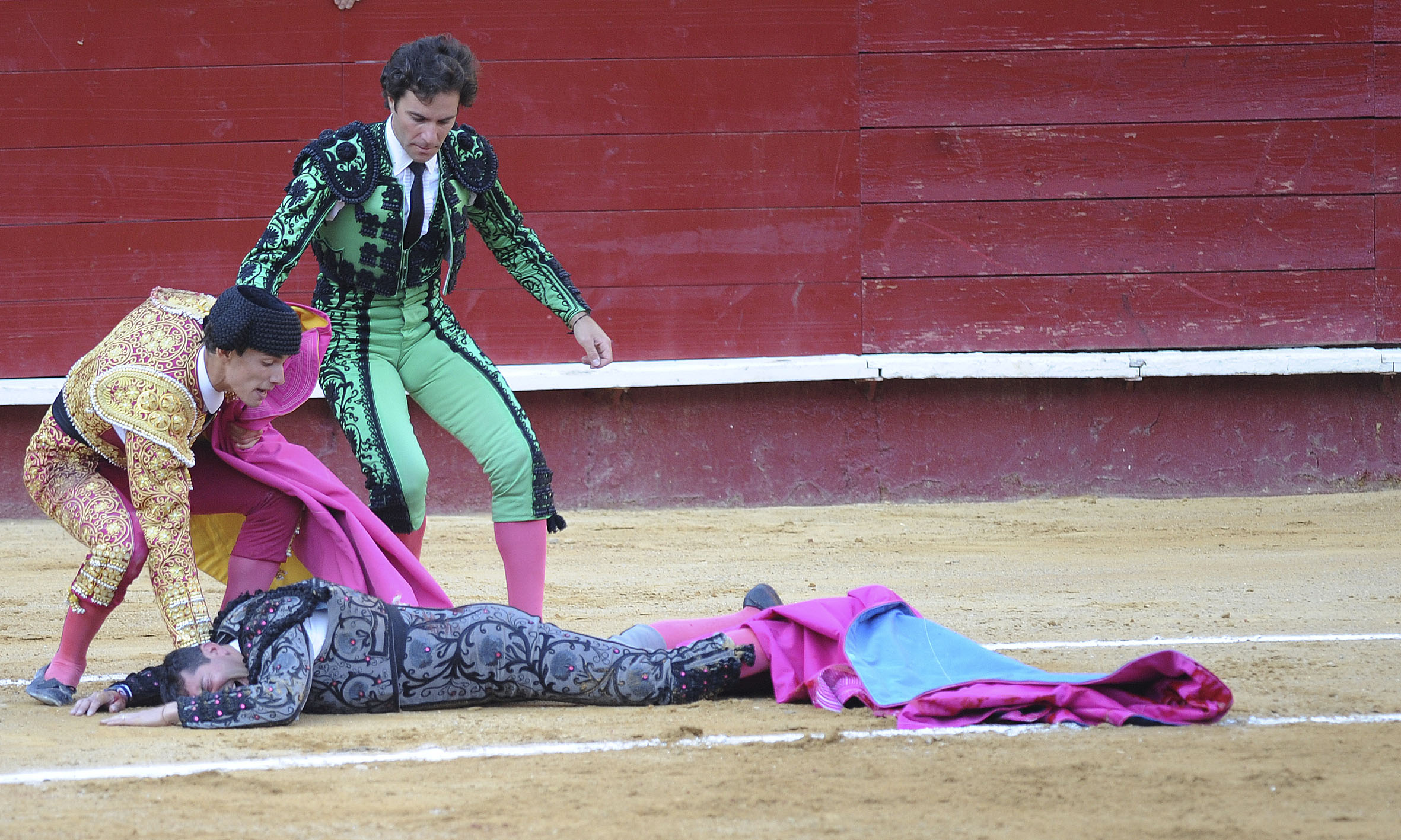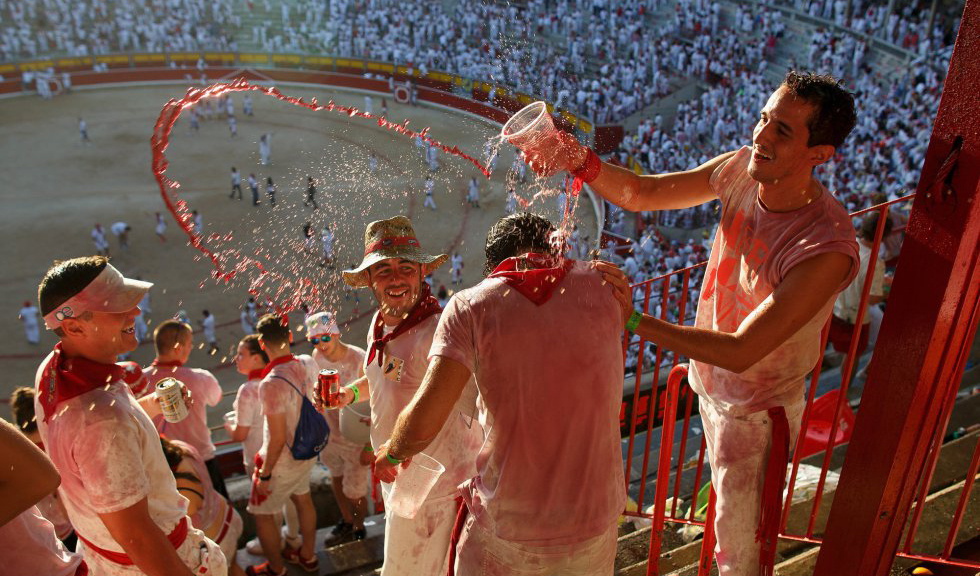Bullfighting follows an unstoppable drop in all its forms: from bullfights to village festivals, which decreased by 5% over the previous year. Paradoxically, the number of registered professionals in bullfighting has increased, reaching 9,993, the highest number ever recorded.
According to the Bullfighting Affairs Statistics published last week by the Ministry of Culture and Sport, bullfights in Spain last year fell by 63.4% compared to 2007, and by 6% compared to 2018.
Since 2008, coinciding with the beginning of the economic crisis, there has been a gradual decrease in these shows.
For the first time in the historical series, the Community of Madrid was the region that hosted the most bullfights (70 in 2019), displacing Andalusia (65) from first place, which occupied it uninterruptedly between 2003 and 2018. These communities are followed by Castilla-La Mancha (53) and Castilla y León (48).
On the contrary, the Canary Islands have not hosted any bullfights since 1984, as with Ceuta, which has no bullfighting ring, and Catalonia, where since 2012 no bullfighting celebrations have been held in a bullring, thanks to the ILP Prou which managed to ban them. Despite the fact that in 2016 the Constitutional Court lifted the ban following a complaint by the Popular Party, the only bulls that set foot in Catalonia are the so-called "correbous", popular celebrations without the death of the animal, which were regulated in 2010.
The regions or autonomous cities with the least number of bullfights held in 2019 were the Balearic Islands and Melilla (with 1), Galicia (2), Asturias (4), Cantabria (5) and La Rioja (6).
Decrease in the festivities in bullrings
On the other hand, bullfighting shows in the bullrings (bullfights, "rejoneo", mixed bullfights, mixed festivities, festivals with picadors and "novilladas" -bullfights with young bulls-) also fell last year to an all-time low in Spain, with 1,425 events held, the lowest number in the historical series and 61% less than in 2007, which holds the record.
Official data shows that 1,947 bullfighting events were held in 2003. The high point came in 2007, when there were 3,651 bullfighting festivals. Since then there has been an annual fall in these shows, except for a rise in 2014, to a minimum of 1,425 in 2019, which is 61% less than in 2007.
Last year there were 349 bullfights (24.5%), 222 heifers with picadors (15.6%), 198 festivals (13.9%), 146 "rejones" (10.2%) and 117 mixed festivals (8.2%). The rest, which account for 27.6%, are divided between mixed bullfights with "rejones", "becerradas", "novilladas" without "picadors" and comic bullfighting.
From 2007 to 2019 there has been a decrease in all types of bullfighting (with falls of between 90.6% in comic bullfighting and 41.6% in festivals), except in mixed bullfights with rejones, which have almost quadrupled from 13 to 51.
Four Autonomous Communities (Andalucía, Castilla y León, Castilla-La Mancha and Comunidad de Madrid) accounted for 77.5% of the bullfighting events last year.
Popular festivities with bulls hace also fallen
The popular celebrations with bulls in the villages have also experienced a significant reduction. While in 2018 17,698 festivities were organized ( bulls, bulls "embolados", bulls "ensogados", amateur bullfights and others), in 2019 the figure was reduced by 5%, leaving a total of 16,915, 783 fewer festivities.
In the case of Catalonia, discrepancy in the figures given by the Ministry of Culture with which the Generalitat publishes is maintained. While the first figures 66 the number of popular festivities held, the Generalitat of Catalonia figures 440, after repeated requests for transparency and rigour by AnimaNaturalis (258 bull-run, fighting cows and “novilladas”, 128 bulls “embolados” and 54 bulls “ensogados”).
Why do the number of registered profesionals continue to grow?
Ironically, and despite the general decrease in bullfighting festivities, the Government's statistics show once again an increase in the number of professionals, as last year there were 9,993 registered, the highest figure ever recorded (considering the methodology since 2018). Only 2.5 per cent of this total are women (245).
By professional category, last year there were 761 registered matadors (7.6% of the total), 2,672 novilleros with or without picadors (26.7%) and 325 rejoneadores (3.3%).
The number of bullfighting cattle companies registered last year was 1,339 (two more than in 2018), while 62 was the number of registered bullfighting schools (the same as in 2018).
Both bullfighting schools and bullfighting stockbreeders are greatly subsidised by the different authorities. City councils, provincial councils and Autonomous Communities distribute generous amounts of public money to promote bullfighting among the youngest, greatly maintaining the bullfighting schools. Regarding bullfihting cattles, they receive millionaire subsidies every year from the CAP (Common Agricultural Policy )and from aids included in the field of agriculture and stockbreeding from the autonomous governments themselves.
The income from CAP subsidies has a high impact on the total income of the livestock farms. Today, these farms would be practically unviable without CAP aid. It is estimated that in 2018 some 200 farms received a total of 130 million euros from this European fund, a sum that is maintained year after year.
But what are CAPs? The common agricultural policy (CAP) is surely among the most important action items in the European Union. It was born in the 1950s, at a time when food supply was not guaranteed and agriculture had been devastated and paralysed by the Second World War. Access to CAP aid for the bullfighting sector is a clear violation of the European Convention for the Protection of Animals kept for Farming Purposes, which states that animals should not suffer pain, injury, fear or anxiety'.
The bullfighting sector is meeting with all the administrations in order to obtain significant economic injections for livestock farms. Here we tell you the truth behind, and how easily they send bulls and cows to the slaughterhouse, every year.
We need your support
AnimaNaturalis exists because billions of animals suffer at human hands. Because they animals need solutions. Because they deserve someone to speak up for them. Because animals need change. Because at AnimaNaturalis we want to build a fairer world for everyone.
The donations of our supporters are the main source of our funds.




